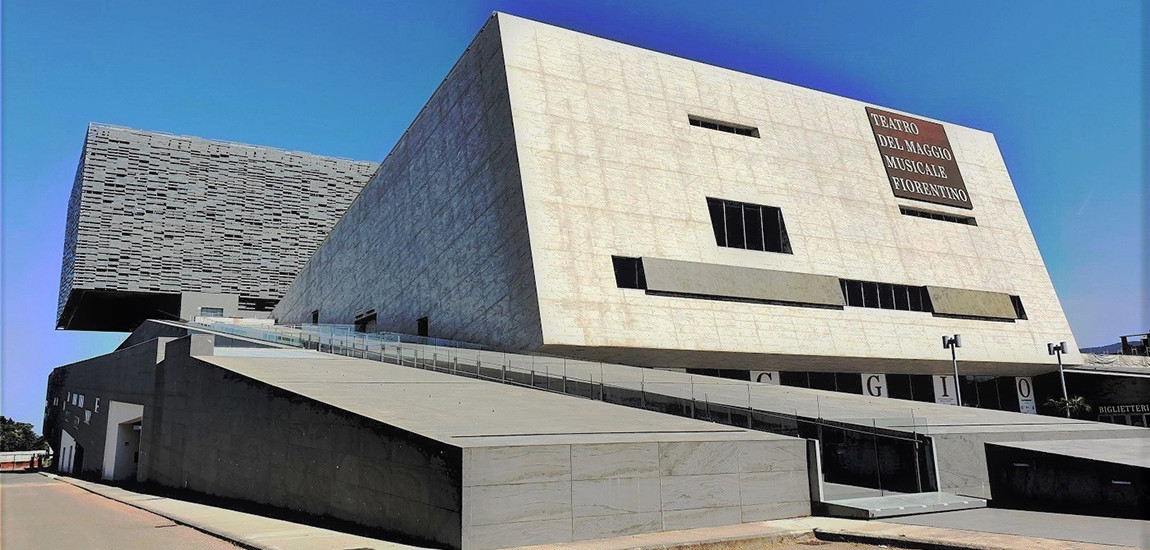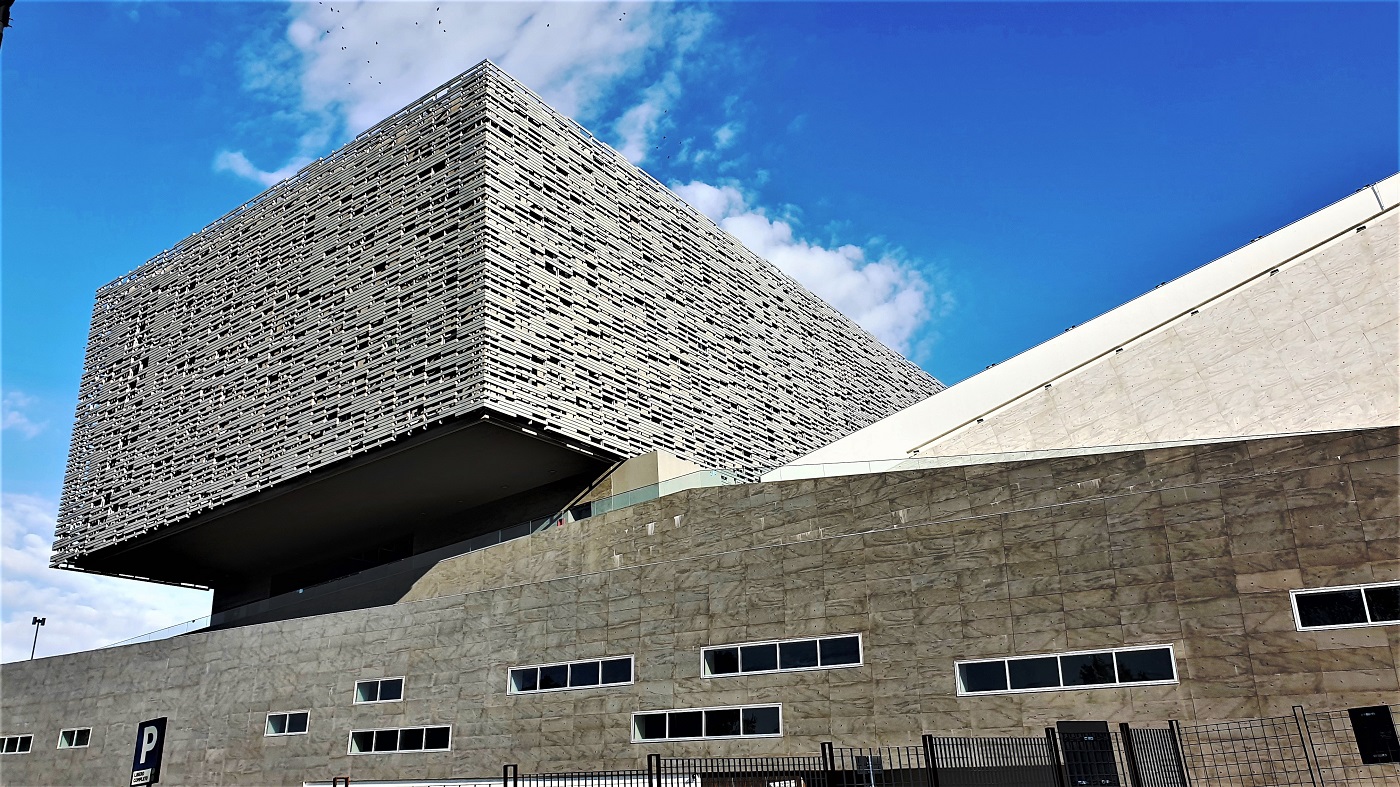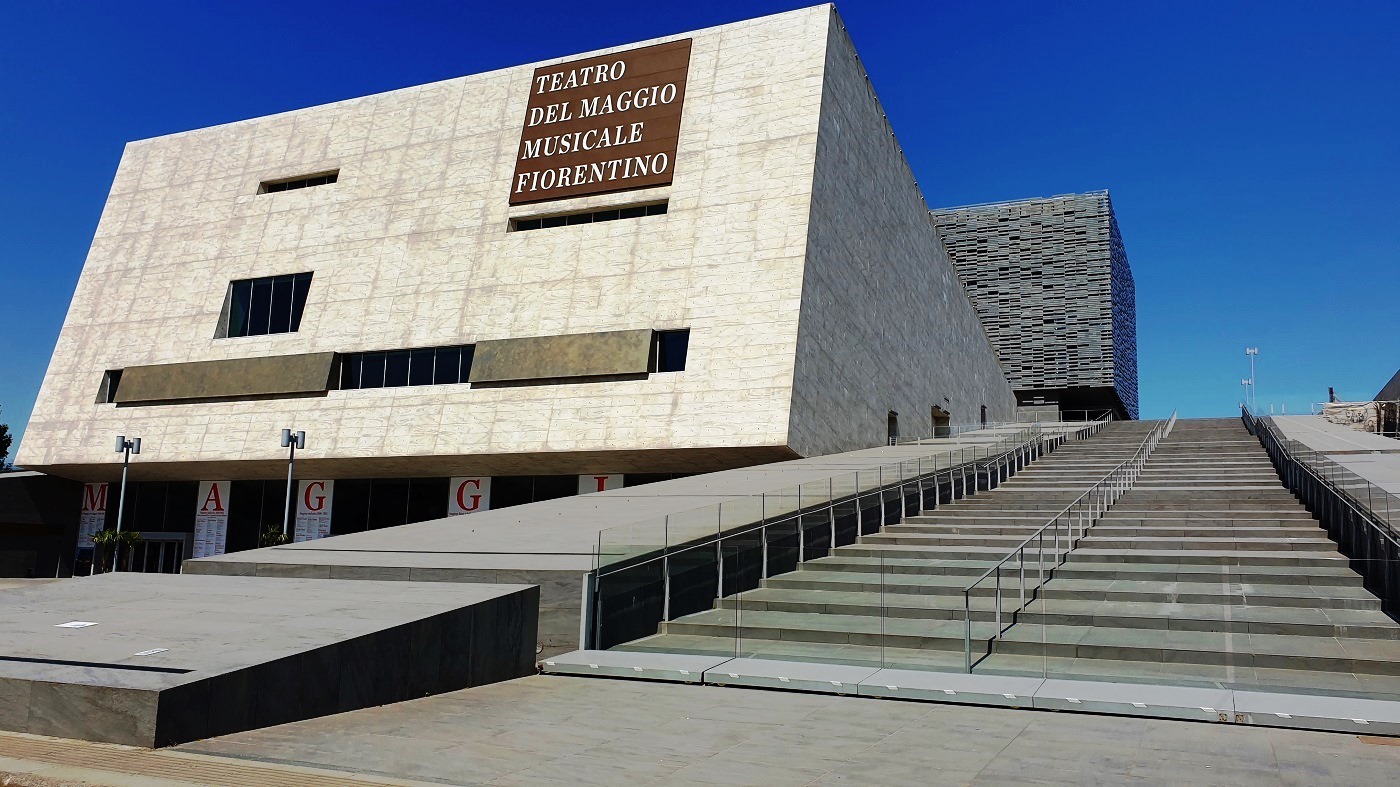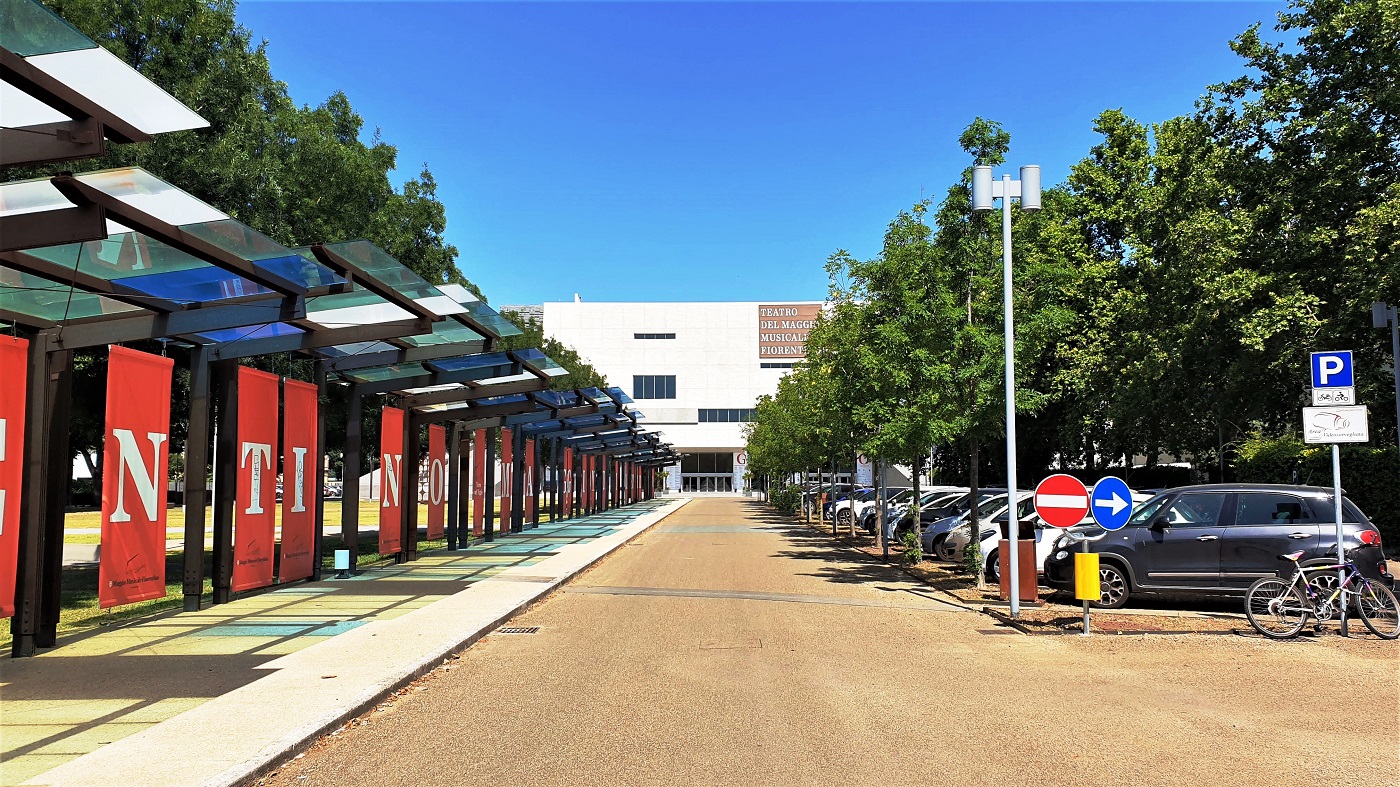
Beyond the Renaissance in Florence - The Opera di Firenze and the Maggio Musicale
The New Opera Theater has replaced the old Municipal Theater, the work of the engineer Telemaco Bonaiuti,
which dated back to 1862. The old
building was no longer considered to be up with the times, especially from
a technical and safety point of view and was no longer able to host important
and prestigious artistic events.
Here is hosted the Maggio Musicale Fiorentino, an important
annual festival that includes operas, ballets and prose performances. It is
held from April to June since 1933 and has its origins in Calendimaggio, the feast
of Spring and Joy for the reborn nature, an event celebrated with dances and
songs since very remote times.
The theater, inaugurated in 2011 and designed by architect Paolo
Desideri, was built “on the border
between stone Florence and green Florence”, along the ring boulevards, right at the edge of the Cascine Park,
the largest in the city.
The area was previously occupied by the Florence Railway
Workshops and the old Leopolda Station, the first one built in Florence in
1848, for the Florence-Livorno railway line. It was called Leopolda in honor of the
Grand Duke Leopold II of Habsburg-Lorraine who promoted its construction. The Officine (railway workshops) have been moved and the old disused station has become a
well-known center for meetings, congresses, events and manifestations of all
kinds.
The complex includes a large tree-lined
access garden, open to the public throughout the day.
The entrance facade is of white marble, with large windows, the same kind of materials used in the Renaissance for the facades of churches. Even the
coatings of the roof reproduce the greenish white color and the wavy ribs of
the marbles used for the Florentine Baptistery.
The Torre di Scena (Fly Tower), in strong
contrast with the white-marble of the other structures, is covered with glazed iridescent
terracotta tiles. When the interior is
illuminated at night, the overall effect is very suuggestive.
Florence, Piazza Vittorio Gui, along Viale Fratelli Rosselli.

The Fly Tower

The stairway

The entrance



